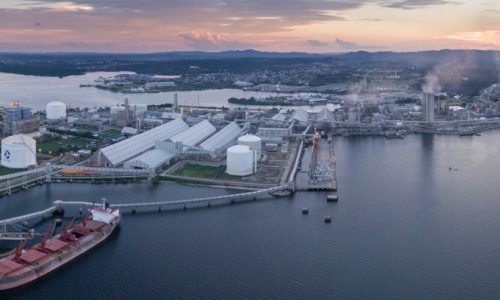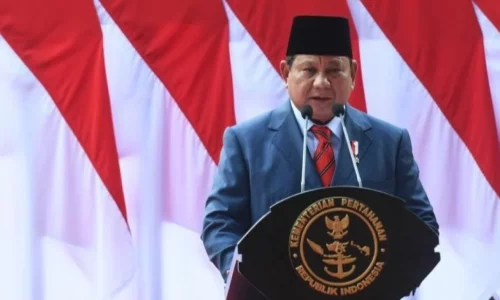Minister of Housing and Residential Areas (PKP), Maruarar Sirait, has noted that 93,484 home ownership credit (KPR) units had been realized during the first four months of President Prabowo Subianto’s leadership.
The 3 million housing program is one of President Prabowo’s flagship programs which was announced after he officially became President on October 20, 2024. This program was created to address the housing backlog and provide decent housing for Low-Income Communities (MBR).
In addition, subsidized mortgages realized in the category of construction process to the agreement amounted to 54,145 units. Meanwhile, the realization of subsidized mortgage distribution is divided into two, namely 36,955 units through the realization of Housing Financing Liquidity Facility (FLPP) mortgages and 1,384 units through the Public Housing Savings Scheme (Tapera) specifically for civil servants.
“This means that from October 20, 2024 when President Prabowo was inaugurated until February 5, 2025, the total number is 93,484,” Maruarar said on Sunday, February 9, 2025.
He noted that the distribution of KPR carried out by PT Bank Tabungan Negara (BTN) was 28,842 units, consisting of 23,313 units from BTN and 5,529 units from its Sharia business unit BTN Syariah.
He said that the 3 million houses program launched by the President is a momentum for people to have a house, while citing several incentives given by the government to the community.
The first incentive is the Land and Building Acquisition Fee (BPHTB) which is 5 percent of the purchase price of subsidized houses by the Regional Government (Pemda). In addition, the Building Approval (PBG) levy will be managed in accordance with the Pemda.
Meanwhile, the Government Covered Value Added Tax (PPN DTP) of 100 percent in the January-June 2025 period and PPN DTP of 50 percent in July-December 2025 for a maximum house price of Rp2 billion (US$122,372) by the Ministry of Finance.
“We have an extraordinary target of building and renovating 3 million houses in one year and most of them have been done well,” Maruarar said.








